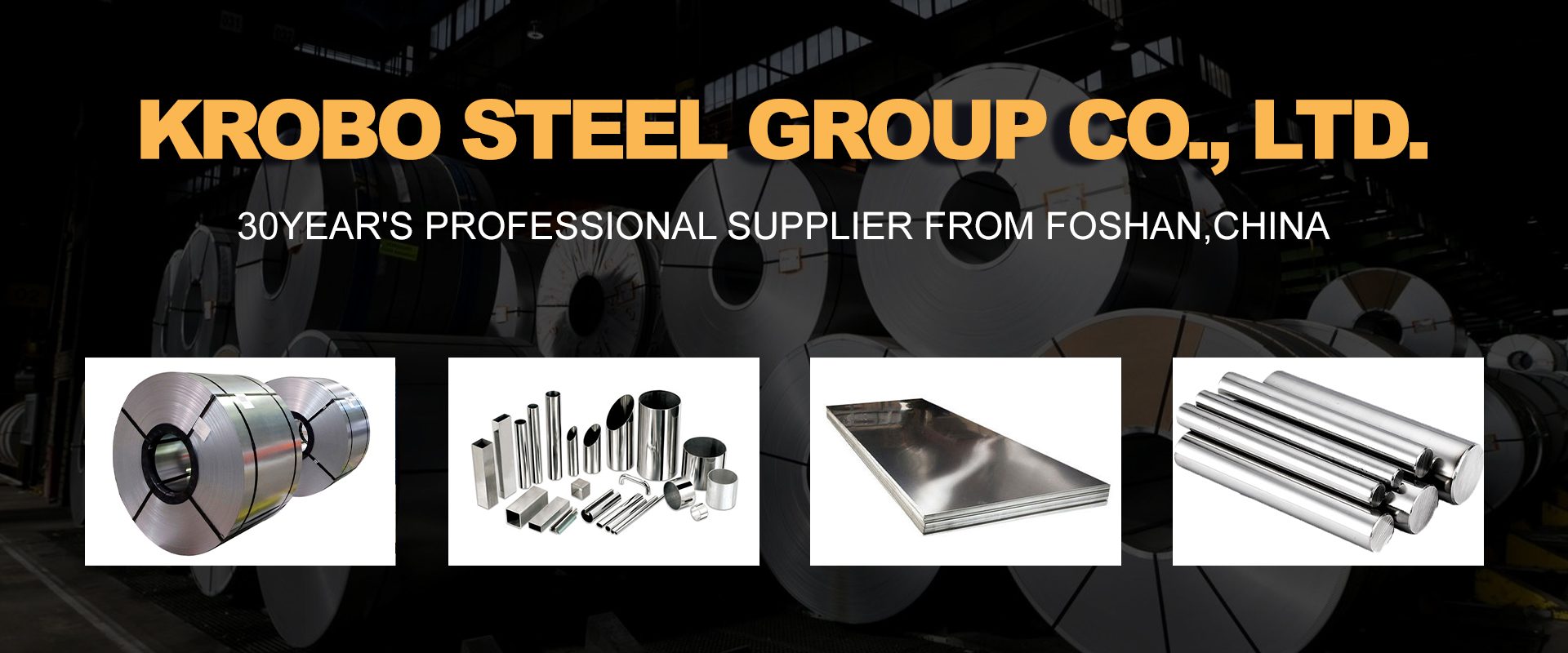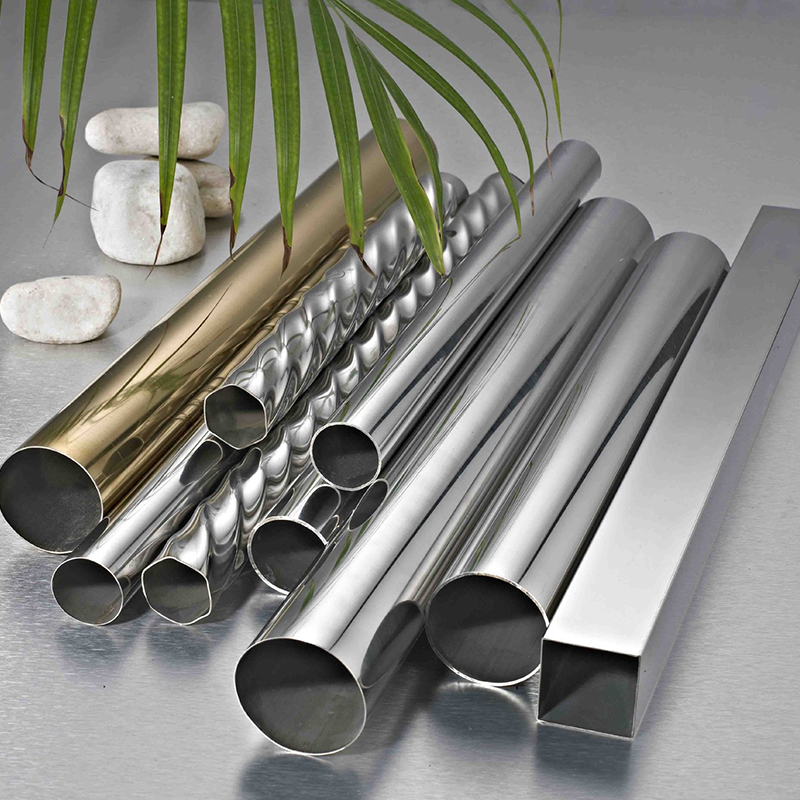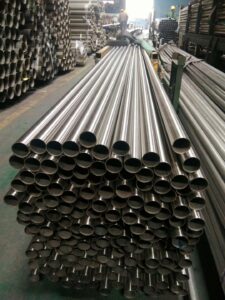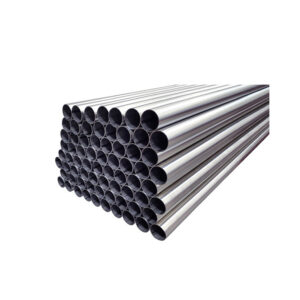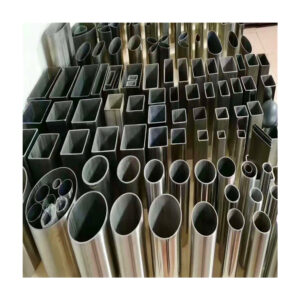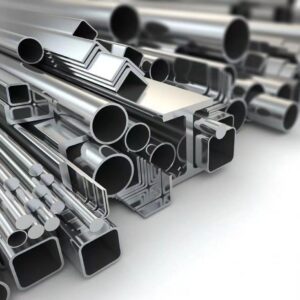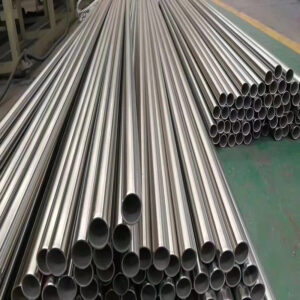Stainless Steel Tube&Pipe sample presentation
Parameter:
| Material | 316 316L 316Ti |
| Thickness | 1.73mm-59.54mm |
| Outer diameter | 10.3mm-1219.0mm |
| Length | 6m or as customer’s requirement 5.8m or 12m is the length for loading container easier |
| Finish | Polished, Pickled,hairline,mirror |
| Shape | Round,square, rectangular,oval |
| Technology | Seamless,weld |
| Standard | JIS, AISI, ASTM, GB, DIN, EN ,etc. |
| MOQ | 1Ton |
| Application | Decoration, industry, etc. |
| Certificate | SGS or as your request |
| Packaging | Standard exporting packing |
Introduction:
316L stainless steel pipe is a hollow long round steel material, which is mainly widely used in industrial transportation pipelines and mechanical structural parts such as petroleum, chemical, medical, food, light industry, mechanical instrumentation and so on.
316L is widely used in the chemical industry because of its excellent corrosion resistance. 316L is also a derivative steel type of 18-8 austenitic stainless steel with 2 to 3% Mo element added. On the basis of 316L, many steel grades are derived, for example, 316Ti is derived after adding a small amount of Ti, 316N is derived after adding a small amount of N, and 317L is derived by increasing the content of Ni and Mo.
316 stainless steel: corrosion resistance is better than 304 stainless steel, and has good corrosion resistance in the production process of pulp and paper. And 316 stainless steel is also resistant to the erosion of the ocean and the aggressive industrial atmosphere.
 Features:
Features:
316L steel that is resistant to weak corrosive media such as air, steam, water, and chemically aggressive media such as acids, alkalis, and salts. Also known as stainless steel acid-resistant steel. In practical applications, steel that is resistant to weak corrosion media is often called stainless steel, and steel that is resistant to chemical media corrosion is called acid-resistant steel. Due to the difference in chemical composition of the two, the former is not necessarily resistant to chemical media corrosion, while the latter are generally stainless. The corrosion resistance of stainless steel depends on the alloying elements contained in the steel. Chromium is the basic element that enables stainless steel to obtain corrosion resistance. When the chromium content in the steel reaches about 1.2%, chromium reacts with the oxygen in the corrosive medium to form a thin oxide film (self-passivation film) on the steel surface. Can prevent the basic further corrosion of steel. In addition to chromium, commonly used alloy elements include nickel, molybdenum, titanium, niobium, copper nitrogen, etc., to meet the requirements of stainless steel structure and performance for various uses.
Classification:
1.Ferritic stainless steel with chromium content of 12%-30%. Its corrosion resistance, toughness and weldability increase with the increase of chromium content, and its chloride stress corrosion resistance is superior to other types of stainless steel.
2.Austenitic stainless steel, containing more than 18% chromium, and about 8% nickel and a small amount of molybdenum, titanium, nitrogen and other elements. It has good comprehensive performance and is resistant to various media.

